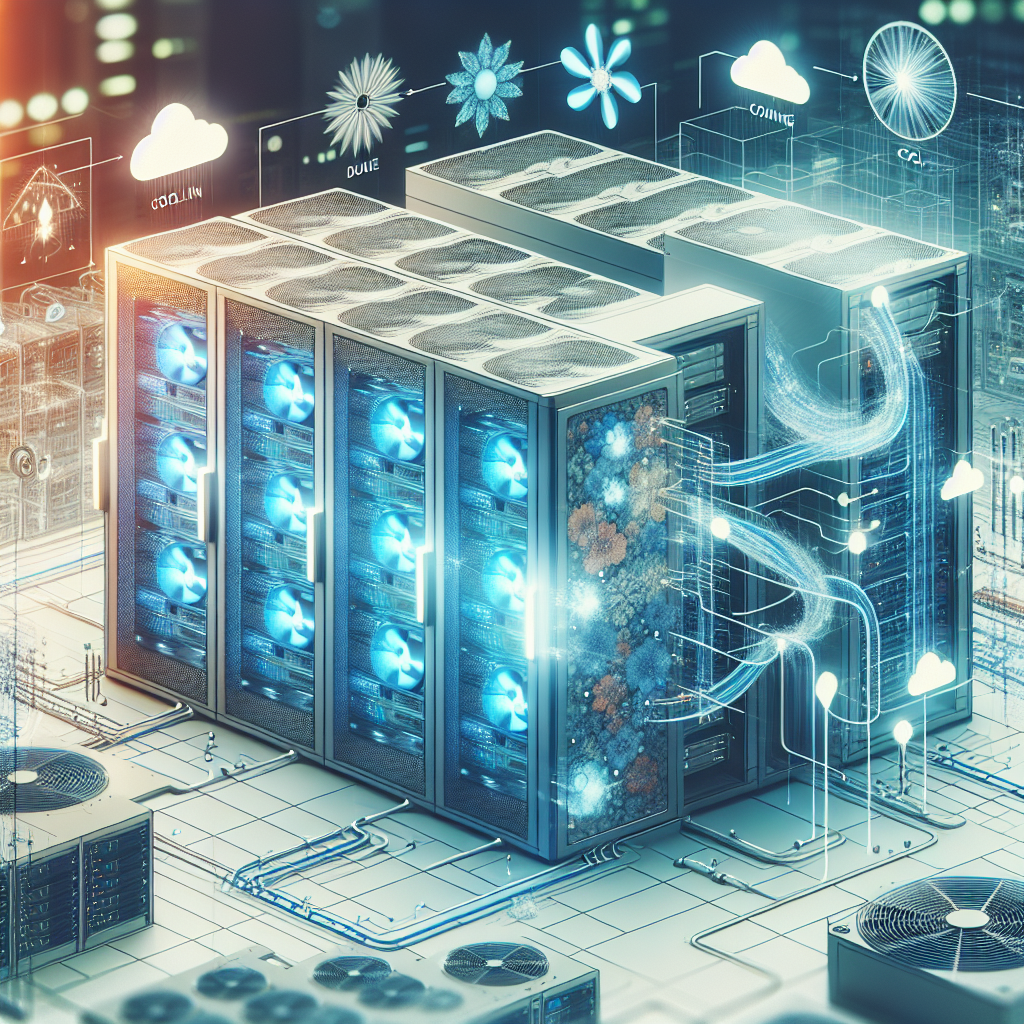Your cart is currently empty!
Challenges and Trends in Data Center Cooling

Data centers are an essential component of the modern digital economy, serving as the backbone of the internet and housing the vast amounts of data that power our daily lives. However, as the demand for data continues to grow exponentially, data centers are facing increasing challenges in keeping their equipment cool and maintaining optimal operating conditions.
One of the primary challenges facing data center operators is the sheer amount of heat generated by the servers and other equipment housed within the facility. As data centers have become more densely packed with hardware to accommodate the growing demand for computing power, the amount of heat produced has also increased. This excess heat can lead to overheating, which can cause equipment failure and downtime, resulting in significant financial losses for data center operators.
In addition to the challenge of managing heat, data center operators also face the challenge of rising energy costs. Cooling accounts for a significant portion of a data center’s energy consumption, and as energy prices continue to rise, finding cost-effective cooling solutions has become a top priority for data center operators.
To address these challenges, data center operators are turning to innovative cooling technologies and strategies. One trend that has gained popularity in recent years is the use of liquid cooling systems, which involve circulating liquid coolant through servers and other equipment to dissipate heat more efficiently than traditional air cooling methods. Liquid cooling can also be more energy-efficient than air cooling, helping data centers reduce their overall energy consumption.
Another trend in data center cooling is the use of free cooling techniques, which leverage the natural cooling capabilities of the environment to reduce the need for mechanical cooling systems. By using outside air or water sources to cool the data center, operators can significantly reduce their energy costs and environmental impact.
Data center operators are also exploring the use of advanced monitoring and analytics tools to optimize cooling operations. By collecting data on temperature, humidity, and airflow within the data center, operators can identify inefficiencies and make adjustments to improve cooling efficiency and reduce energy consumption.
In conclusion, data center cooling presents a significant challenge for operators as the demand for data continues to grow. However, by embracing innovative cooling technologies and strategies, data center operators can overcome these challenges and ensure the efficient and reliable operation of their facilities. By staying ahead of trends in data center cooling, operators can reduce costs, improve energy efficiency, and enhance overall performance.

Leave a Reply